Blog
Turning noise into signal through smart TA operations

Q&A with Jaime Martinez, Head of Talent Acquisition Operations, Open Society Foundations
As Head of Talent Acquisition Operations at Open Society Foundations, Jaime Martinez has been focused on rebuilding the engine behind global hiring. This has involved sharpening processes, improving reporting discipline, and driving consistency across diverse markets.
We previously spoke with Jaime’s colleague, James Dowling, about the strategic lens; this conversation zooms in on day-to-day operational delivery. In this Q&A, Jaime discusses how to translate strategy into execution, the art of balancing global standards with local nuance, and why operational excellence is a great foundation for sustainable, scalable recruiting.

Jaime martinez
Head of Talent Acquisition Operations
You joined OSF around 18 months ago. What drew you to the organization, and how did you approach stepping into a global role?
OSF offered the chance to architect an intelligence-driven recruiting function after a major restructuring. I came in to evaluate what should stay, remove what created friction, and build a high-functioning operations backbone: sharper intake, clean data, disciplined handoffs, and credible reporting. As an example and quick win, I segmented the team so recruiters recruit, sourcers source, and coordinators coordinate. This level of specialization and ownership built trust quickly.
What are the biggest challenges of running TA at scale across multiple regions, and how do you balance consistency with local needs?
Compliance and context. Right-to-work rules, background checks, and documentation vary by country, and so do candidate expectations and employer branding cues. We maintain a repeatable playbook and capture what worked in each market so it’s not lost when a rare role reopens months or years later. Every hiring manager receives a Hiring Manager Survey on their new hire to close the loop on delivery and experience.
What differences stand out most across regions?
In some regions, hiring can feel more repeatable and automatic, with a clear value proposition to the candidate and fast cycles. But in other regions, it’s more matchmaking powered by data: total addressable market, labor market maturity, salary norms, and realistic timelines. Germany can sometimes be full of compliance reviews before posting and hiring; parts of Africa may require longer cycles. You have to meet candidates where they are – culturally and operationally – without breaking global standards.
How do you align local delivery with the overall global strategy?
Talent acquisition sits in the conversation early with workforce planning and talent intelligence. Before we post a role, we brief on location feasibility, skills availability, and tradeoffs. Inside the People & Culture team, we partner closely with Comp & Ben, Employee Support, Systems and Advisory Partners to ensure right to work matters, local labor compliance, and offers move in sync. That cadence lets us place someone in Seoul, Dakar, Johannesburg or Bogota in the same month with the right paperwork, quickly.
What does “do more with less” look like in practice for your team?
Recruiting is a high-calorie game. You are churning every day. Stop and you lose. Sixty percent is process, and forty percent is pausing to measure twice, cut once and get the small things done correctly every time. In practice, that means we automate repetitive tasks, set clear response times, and run tasks in the right order so nothing gets stuck.
We ask better intake questions, we agree upfront when feedback is due, and we fix the points where candidates or managers are kept waiting. We also cleaned up our applicant tracking system (ATS), simplifying the steps so recruiters can move people forward and update the status in real time. It is not glamorous, but it turns noise into signal. Our hiring manager scores are trending 3.3-3.4 out of 4 for transparency, timing, and delivery.
From an operational perspective, what talent trends are you watching over the next couple of years?
Looking ahead, there are three things we are focused on. First, a realistic hiring forecast so we size and shape the team properly. Second, clear roles so specialists do the work they are best at. Third, speed, measured by time to offer, acceptance, and start. A good benchmark is about 25-30% of roles filled internally, although our context often means we need to do more external hiring. AI will come, but only when it is thoughtfully applied. We spent 18 months fixing the basics, so any pilots in 2026 add value to a stable system, not cover up broken processes.
Finally, how can TA leaders stay relevant and impactful in a shifting market?
Lead with continuous improvement. Show it with clear service levels, simple metrics, and quick surveys. Earn trust by delivering, then use that trust to shape bigger decisions. Be comfortable switching from fixing the ATS to talking strategy with leaders. And play small ball: singles and doubles, consistent execution, win more games than swinging for the fences on day one.
Dive into more actionable insights
Modernizing talent acquisition requires an actionable approach to technological change, budgetary constraints, and strategic workforce planning. Read more about how to stay future ready from our content series.










